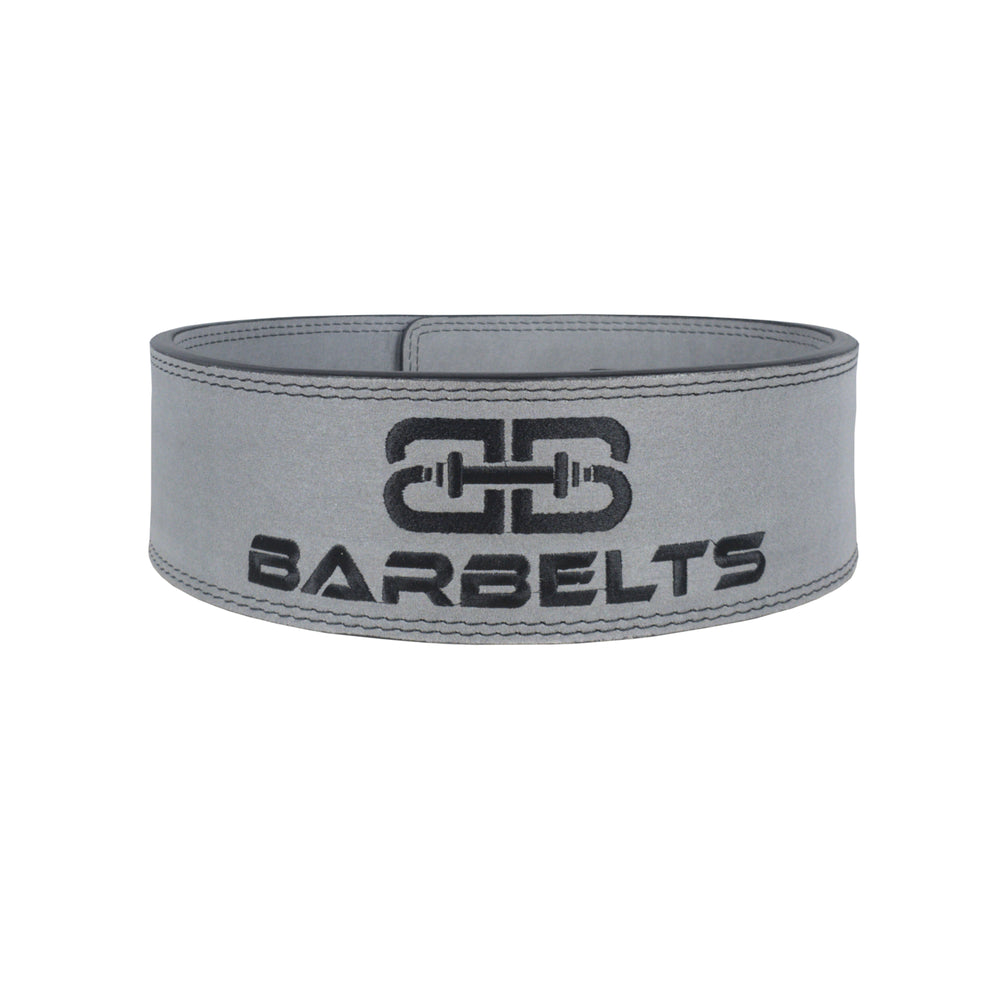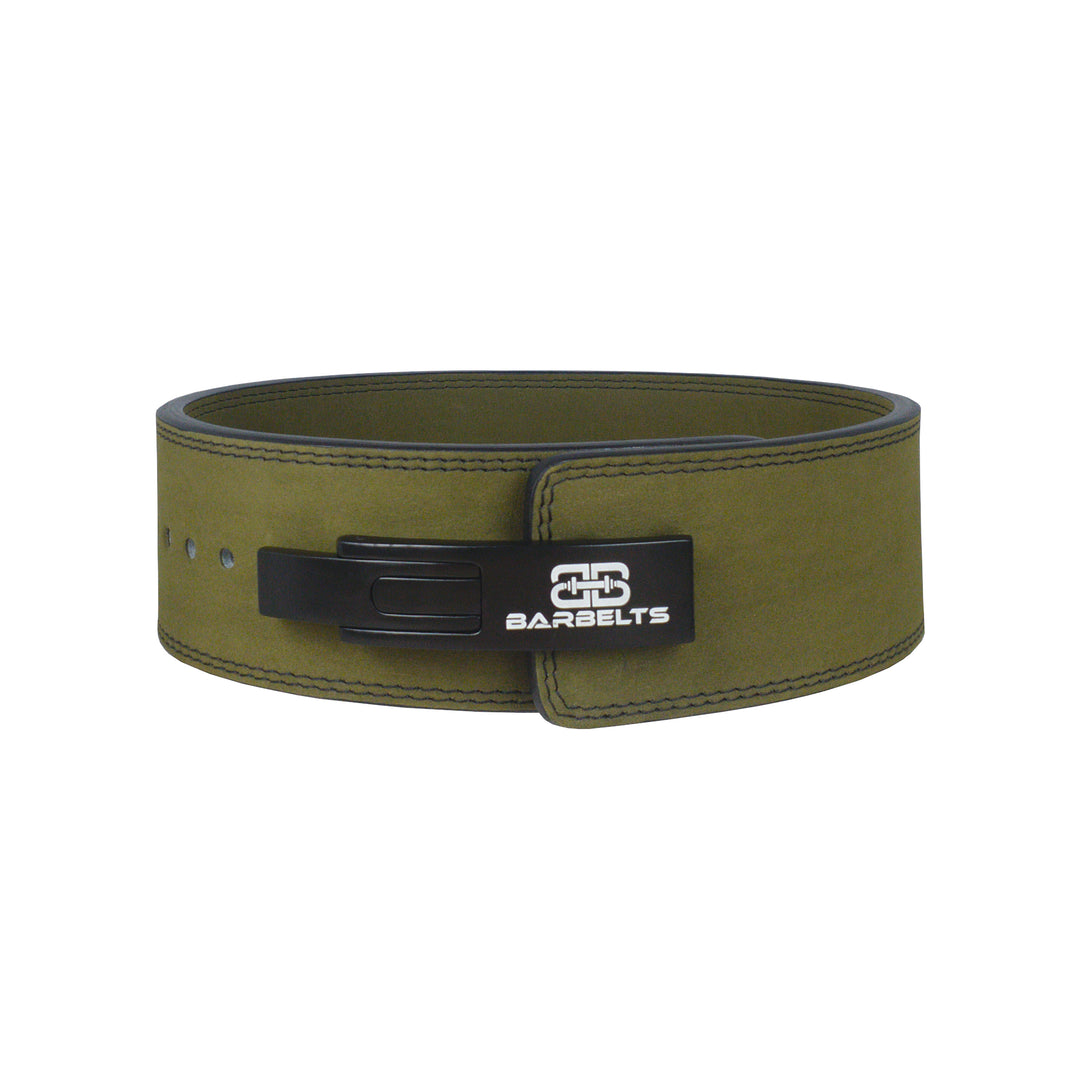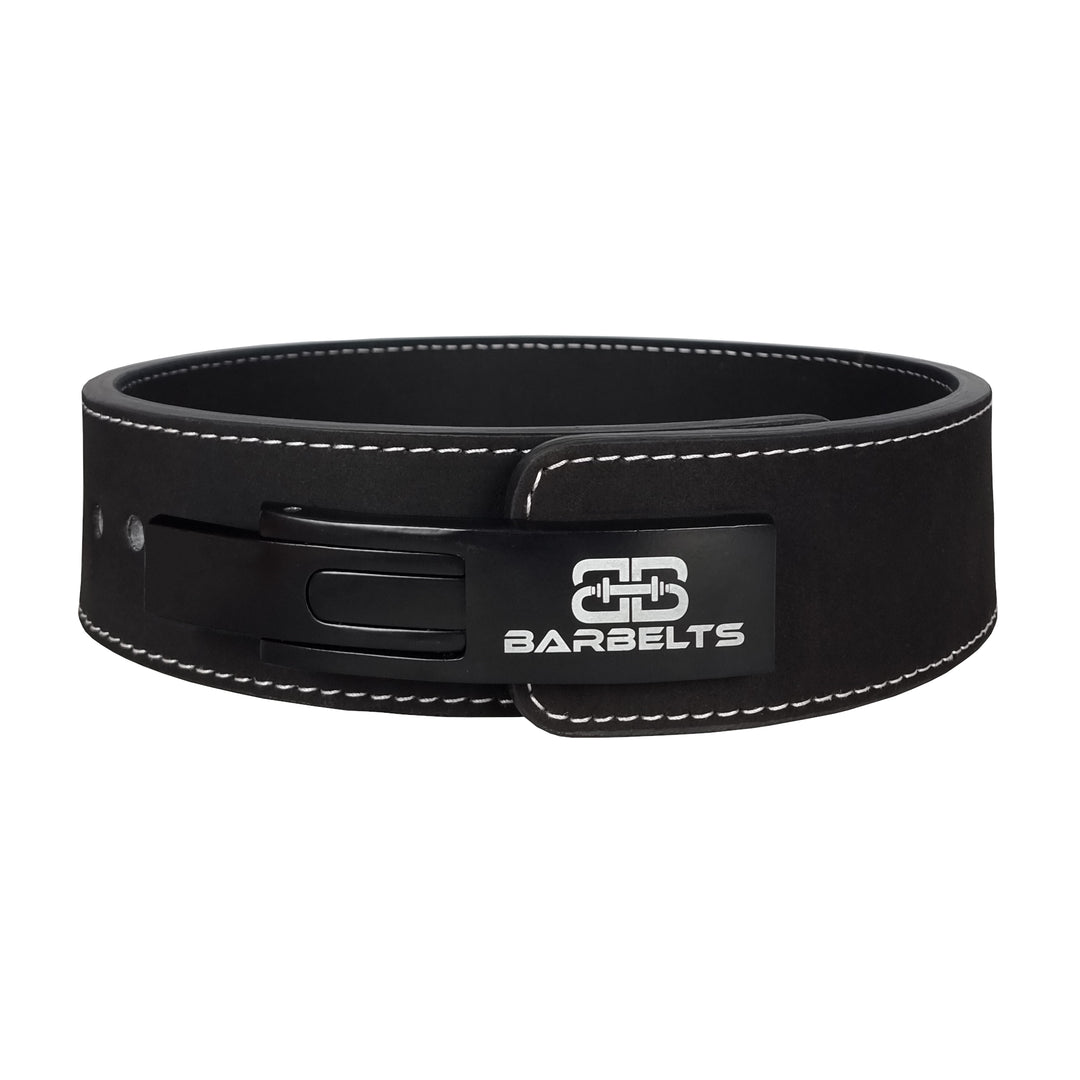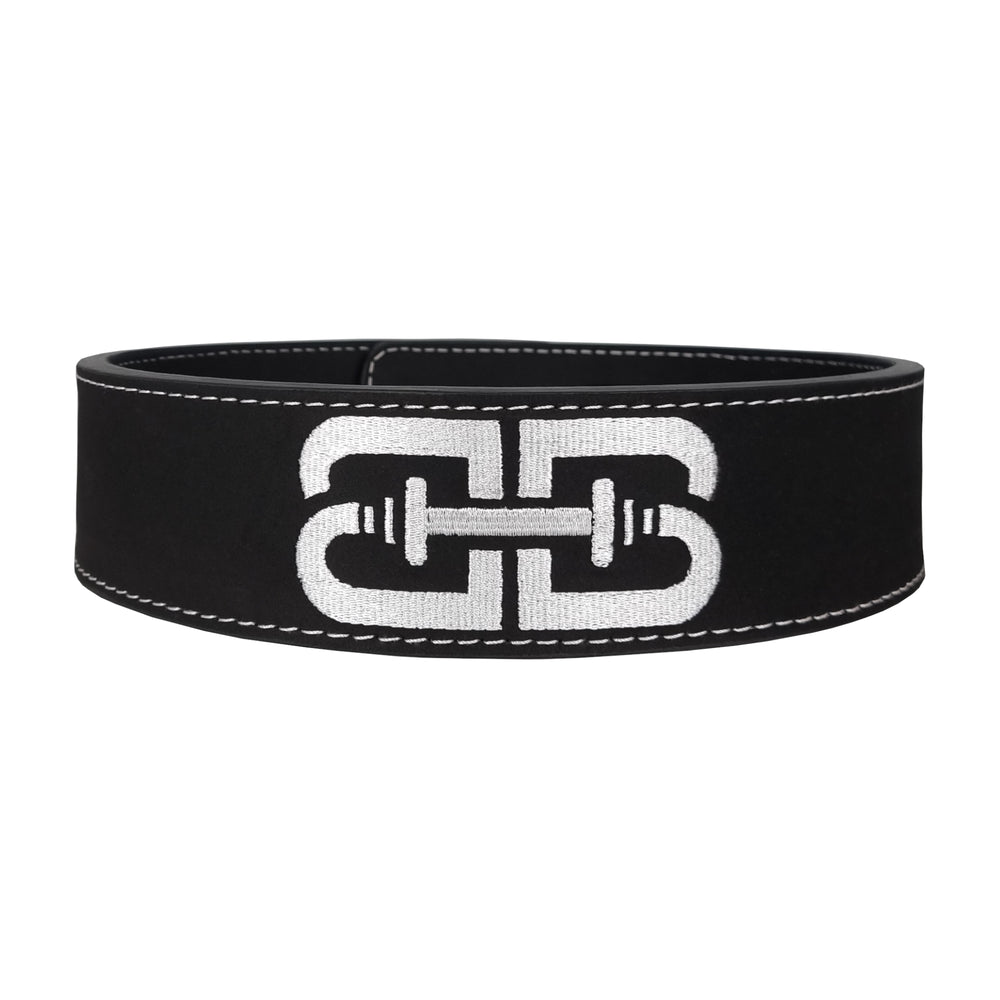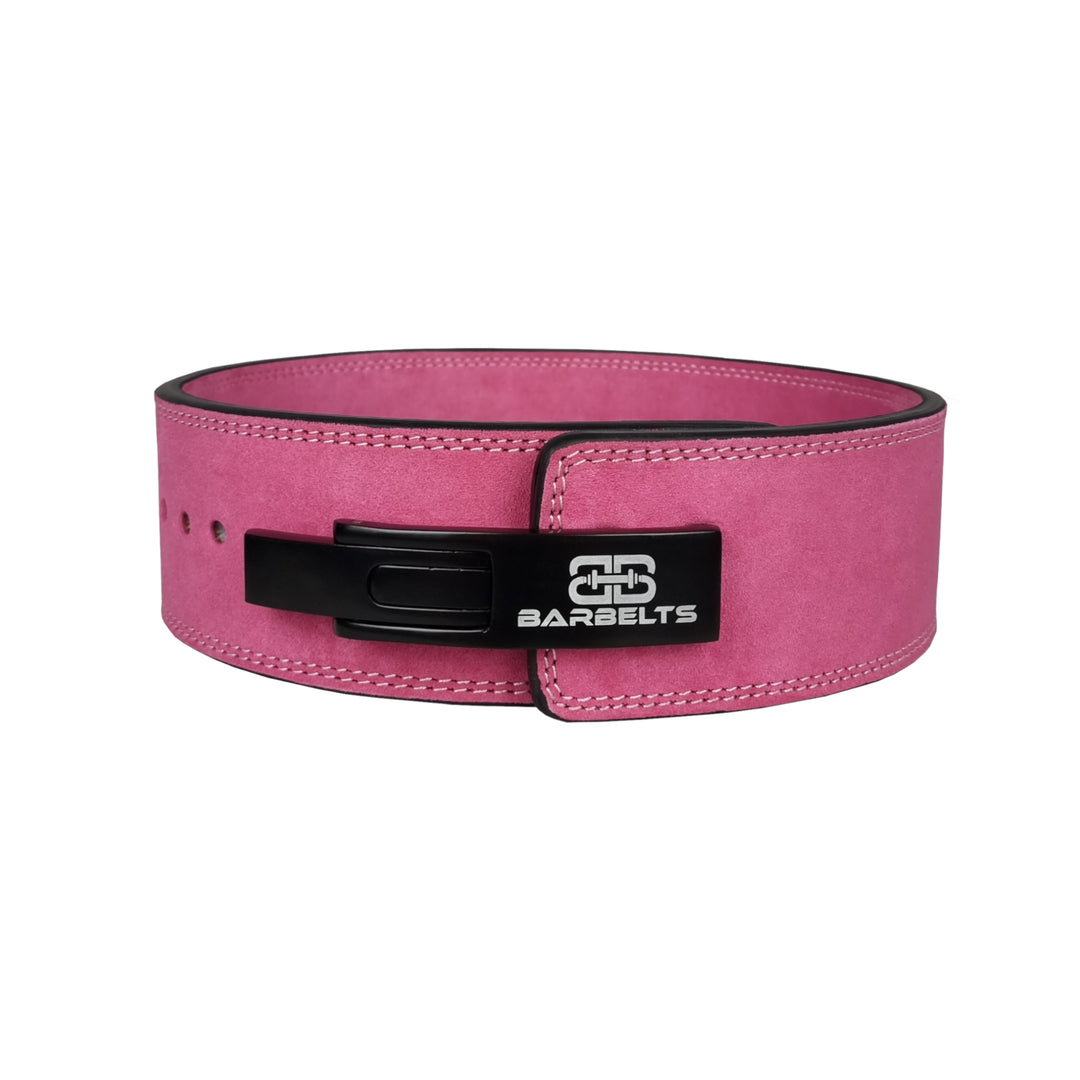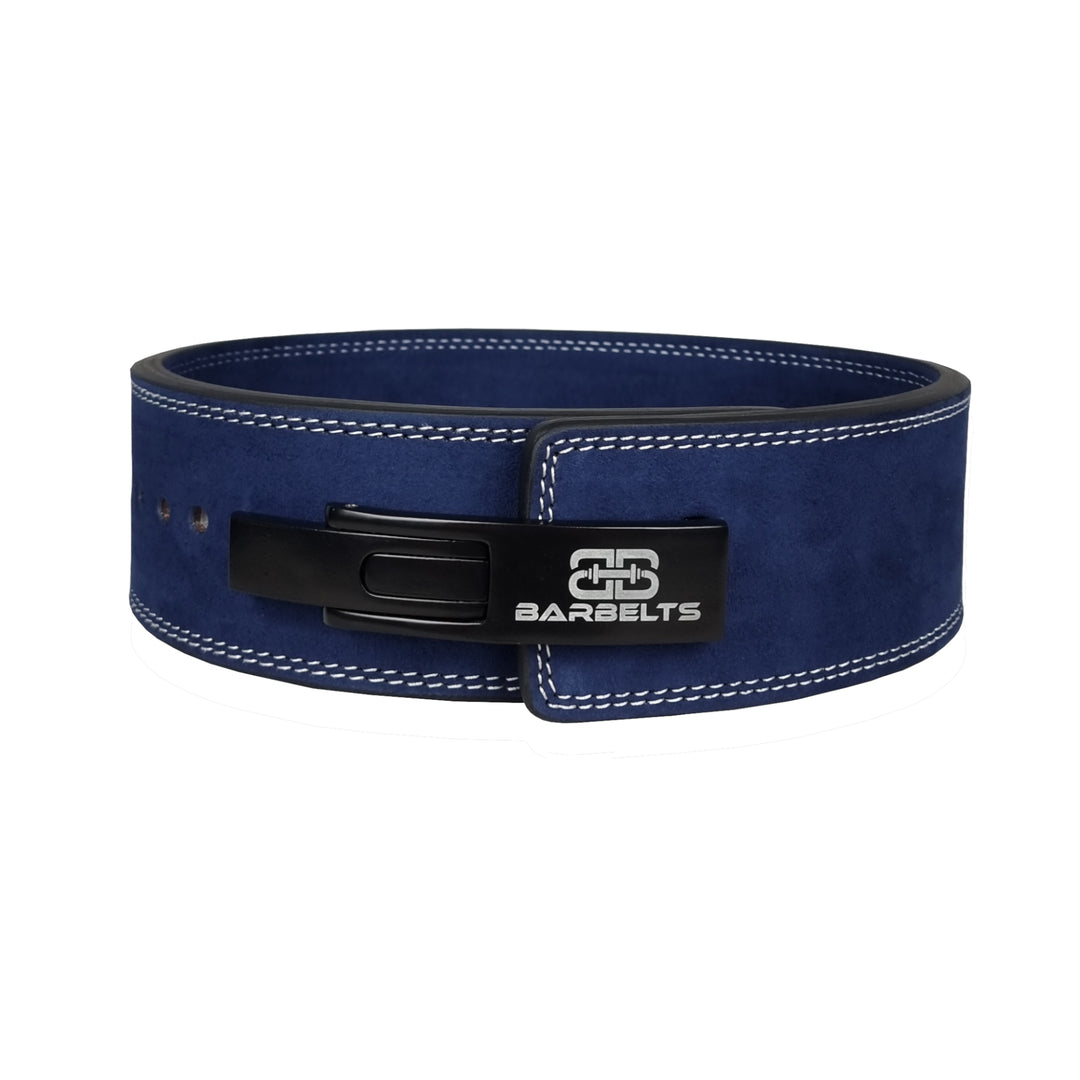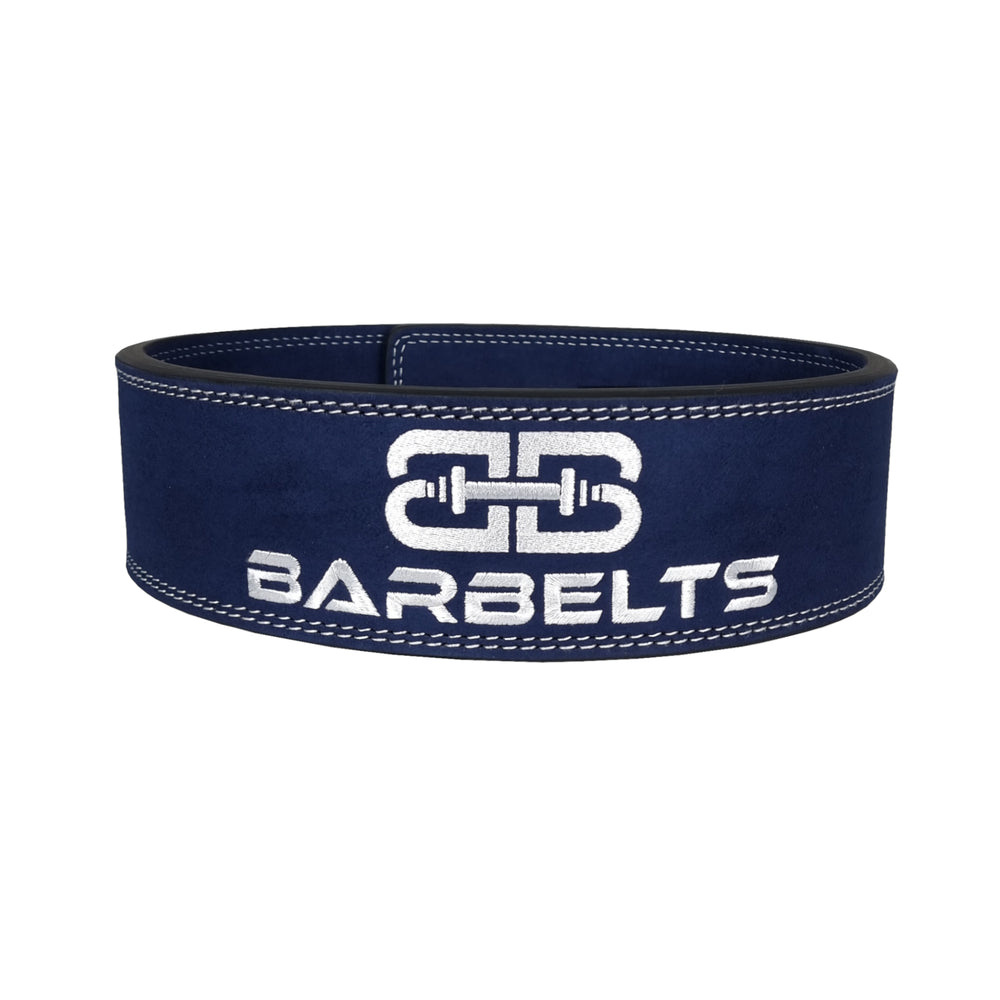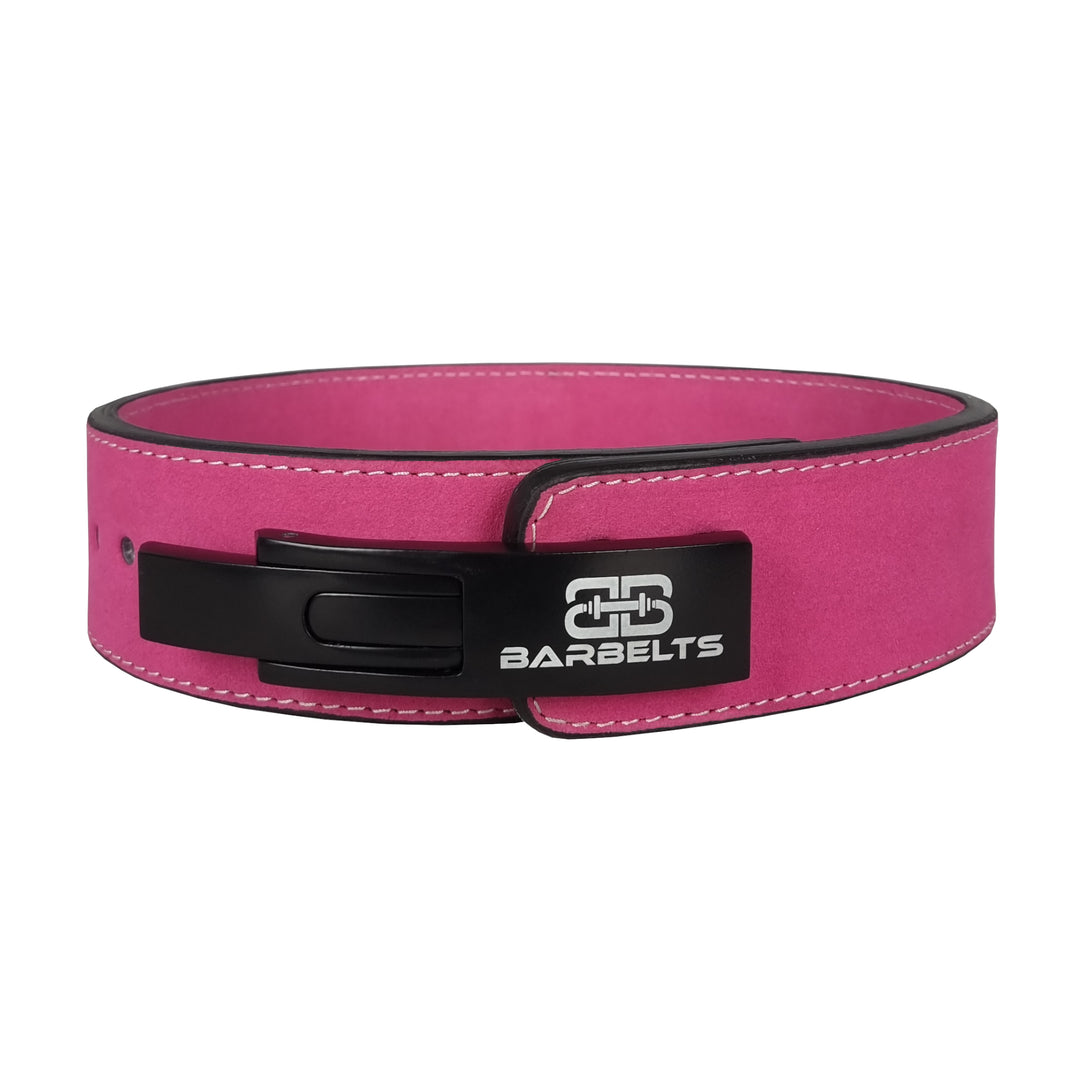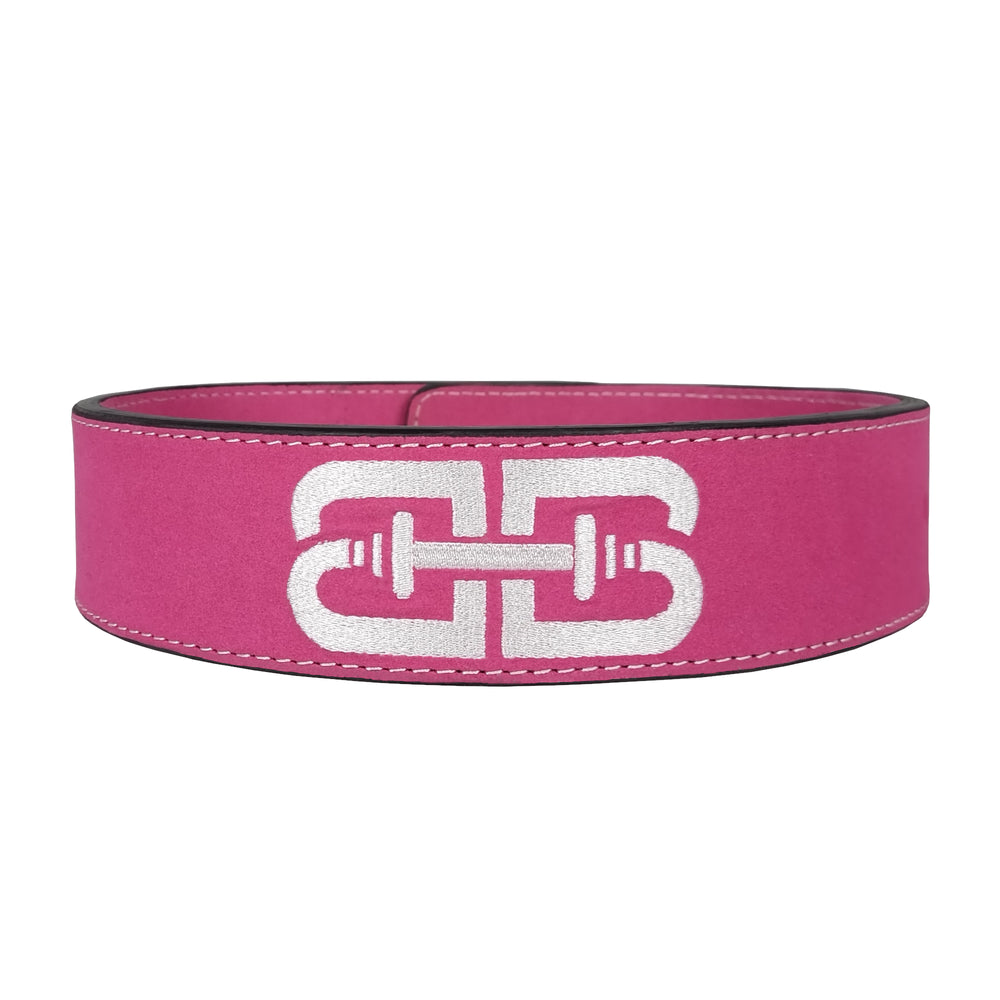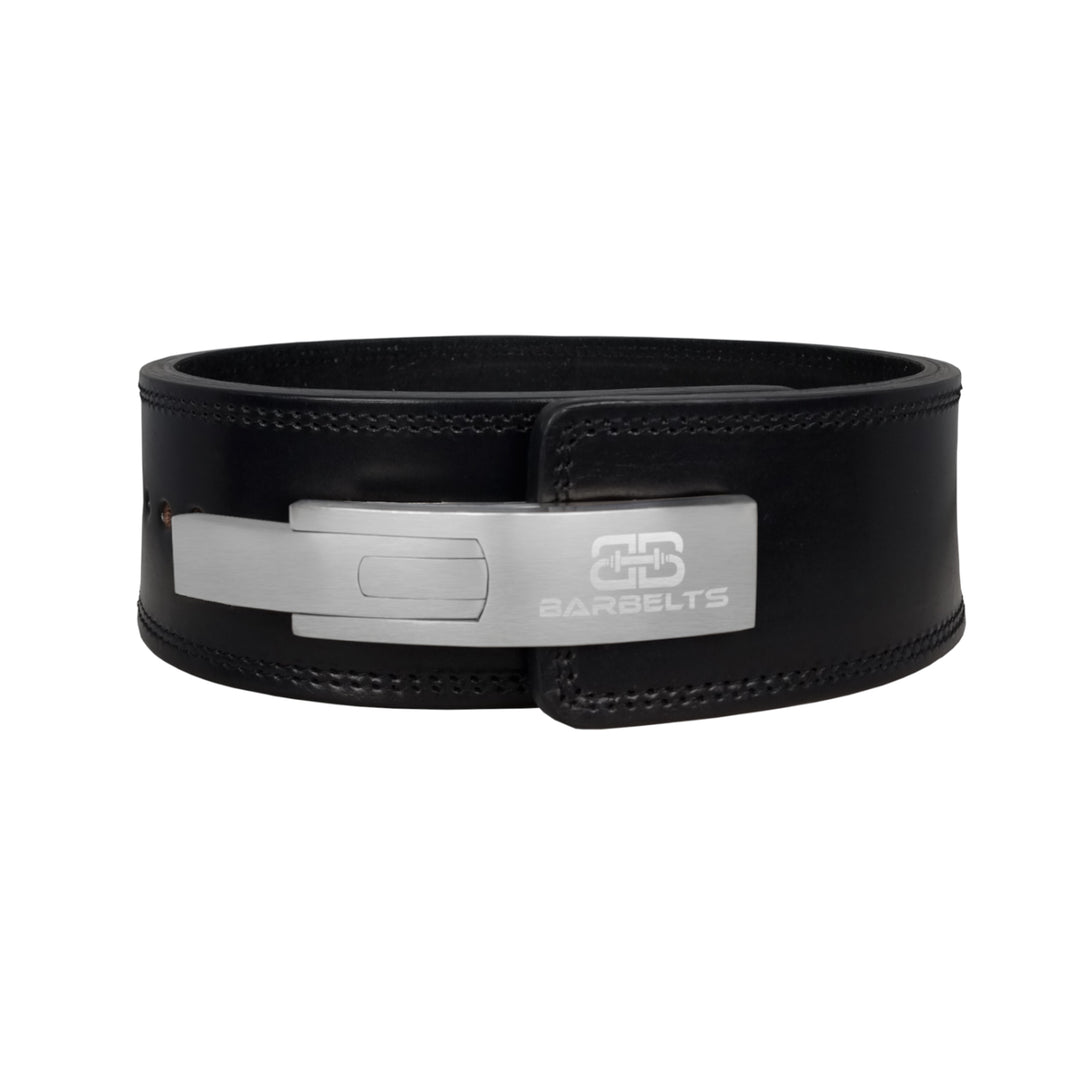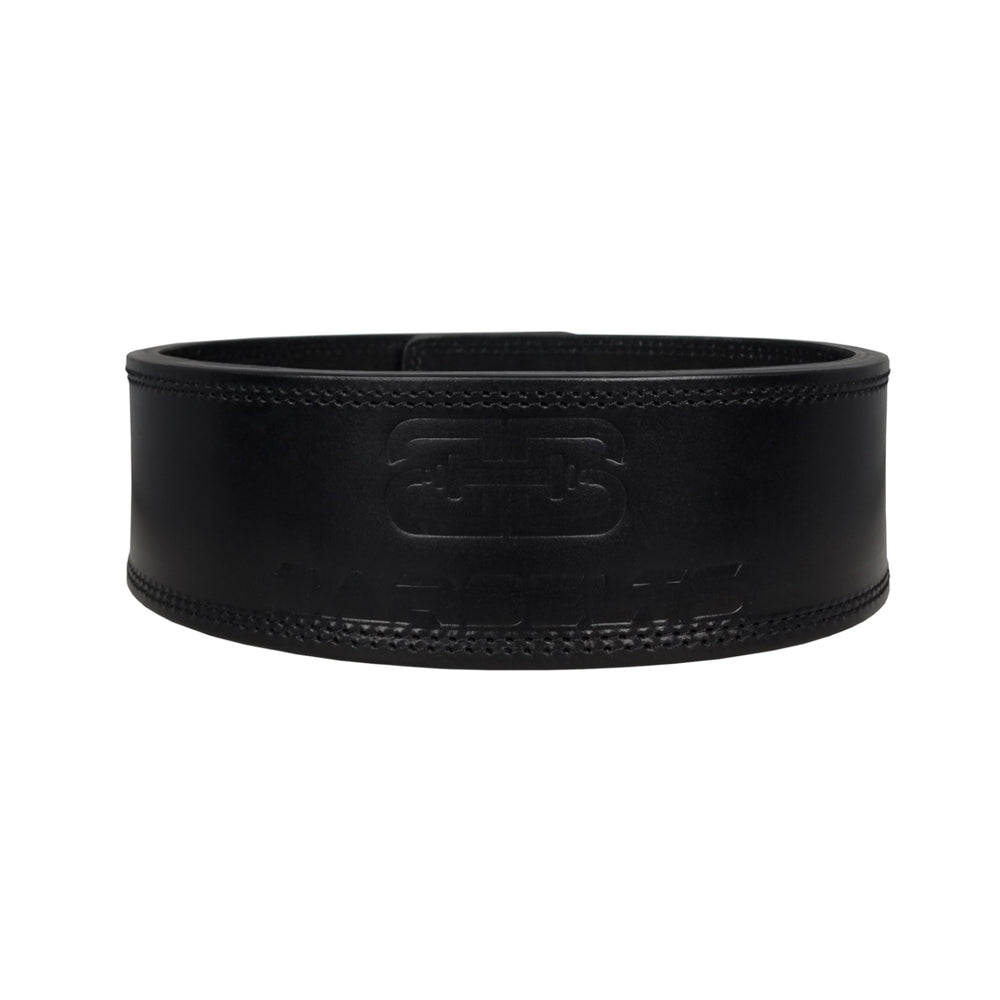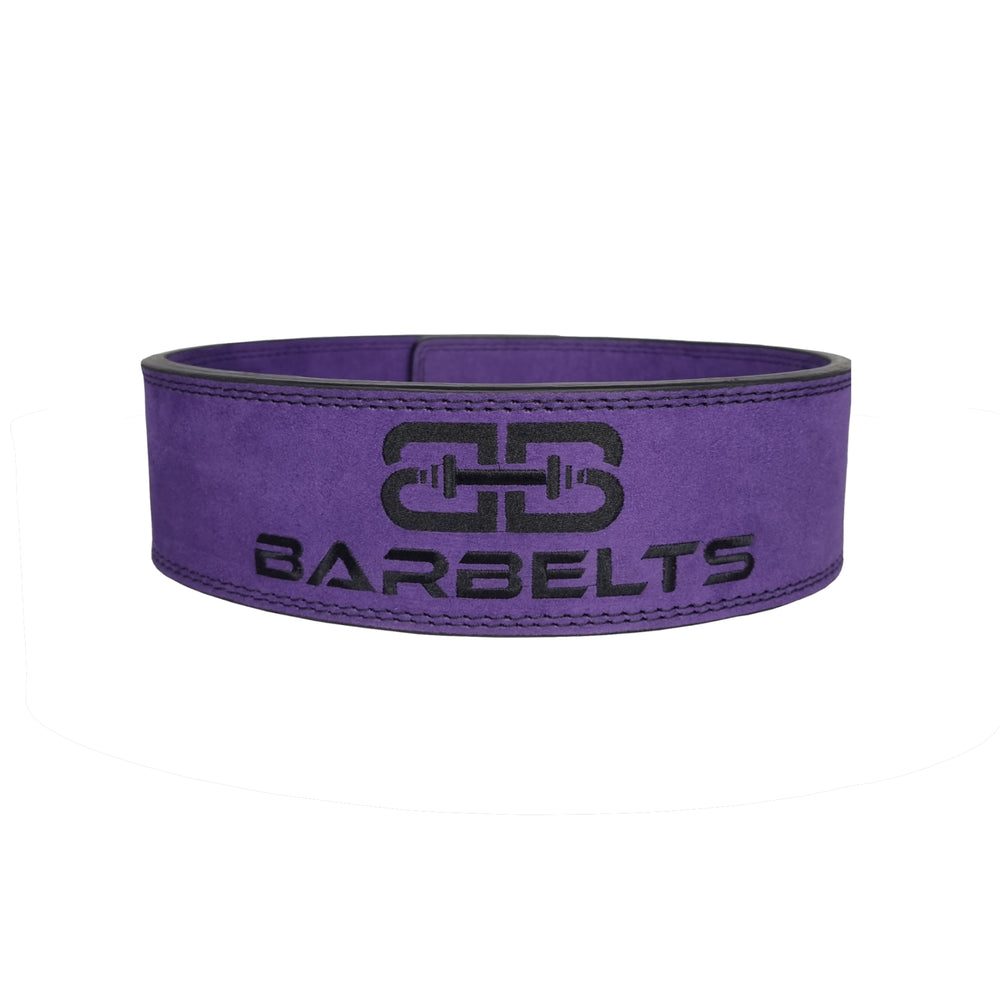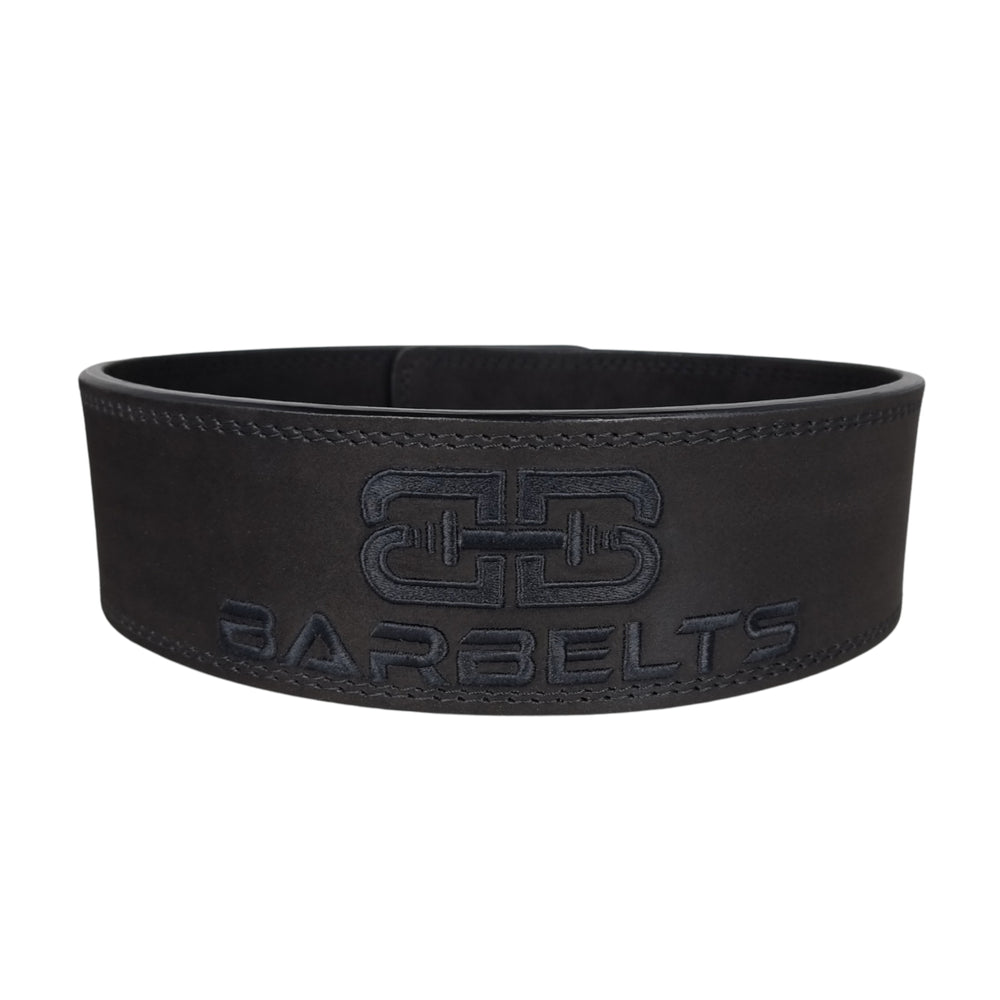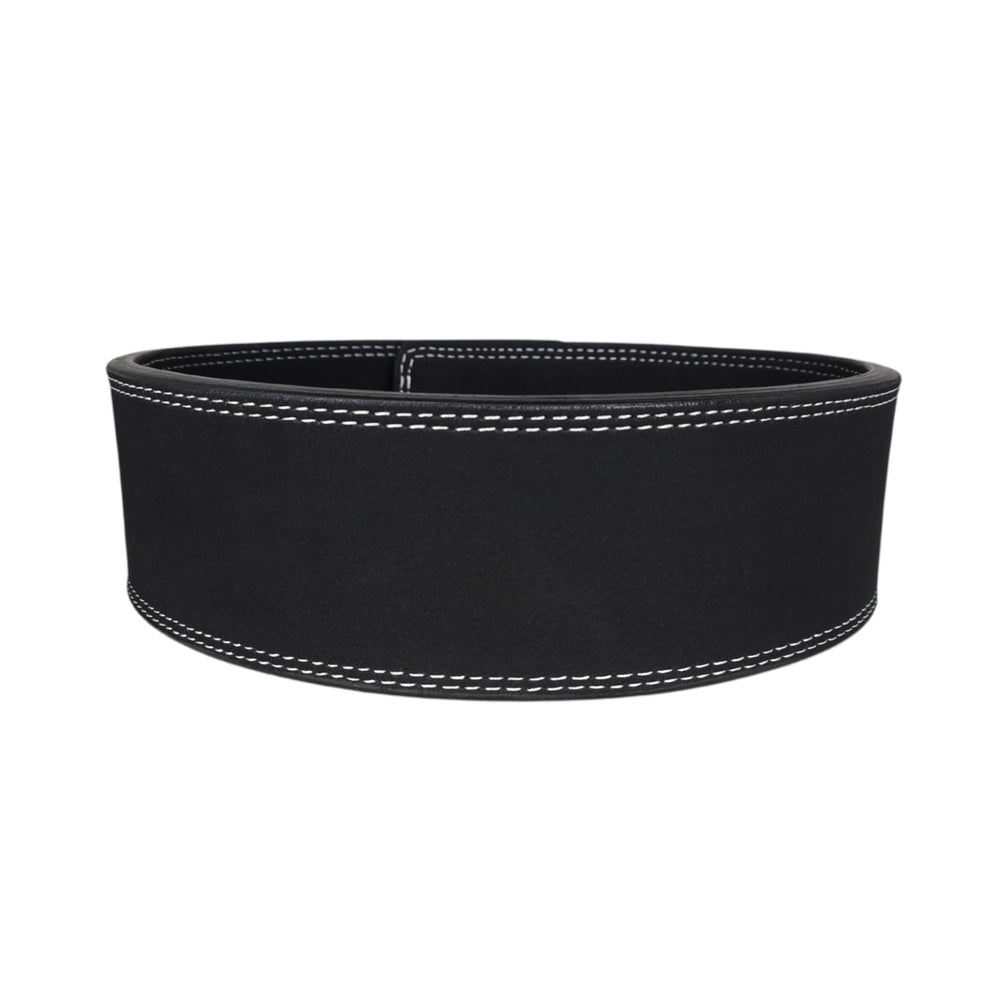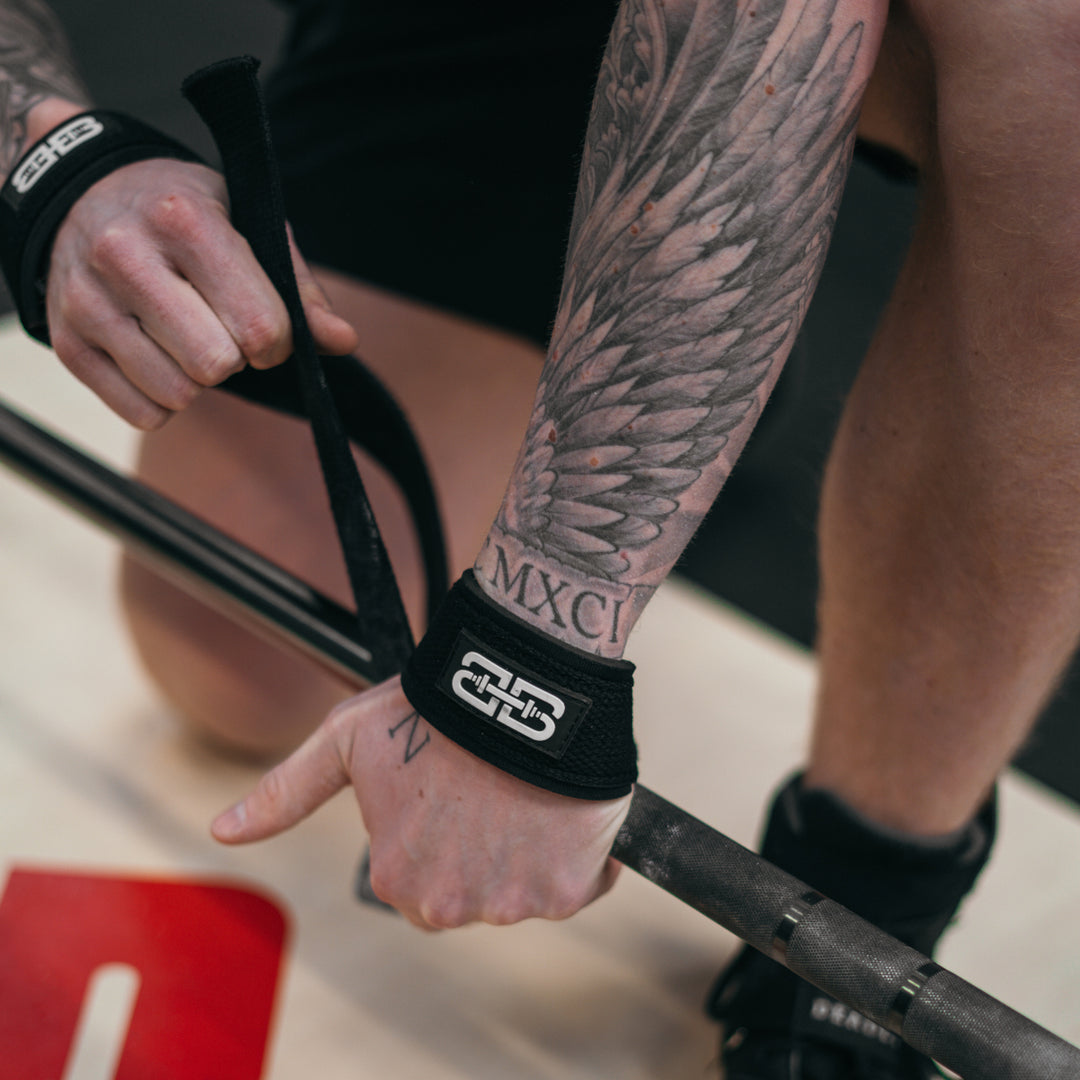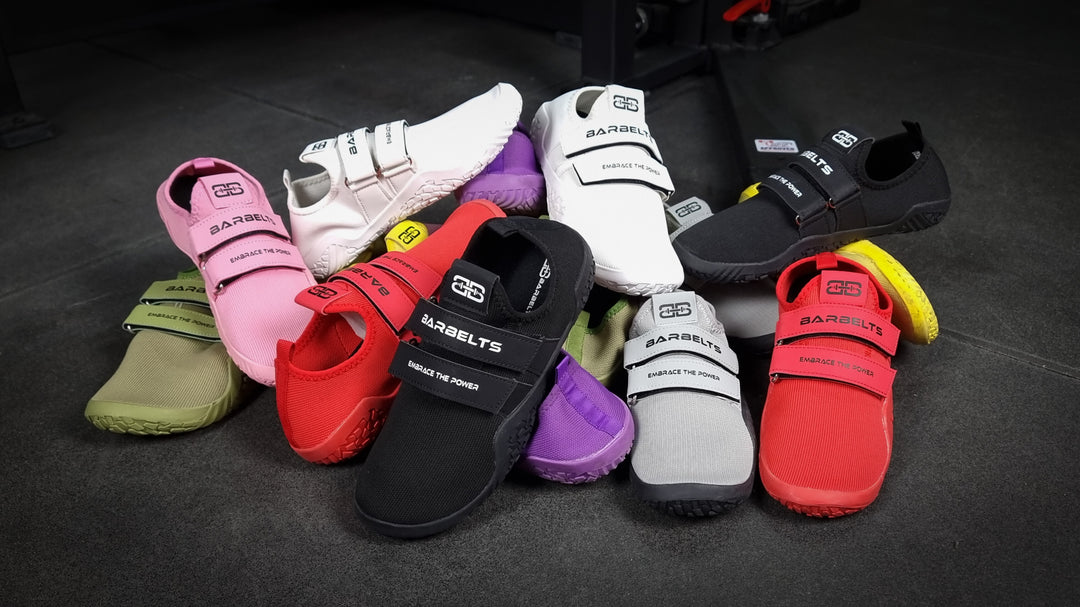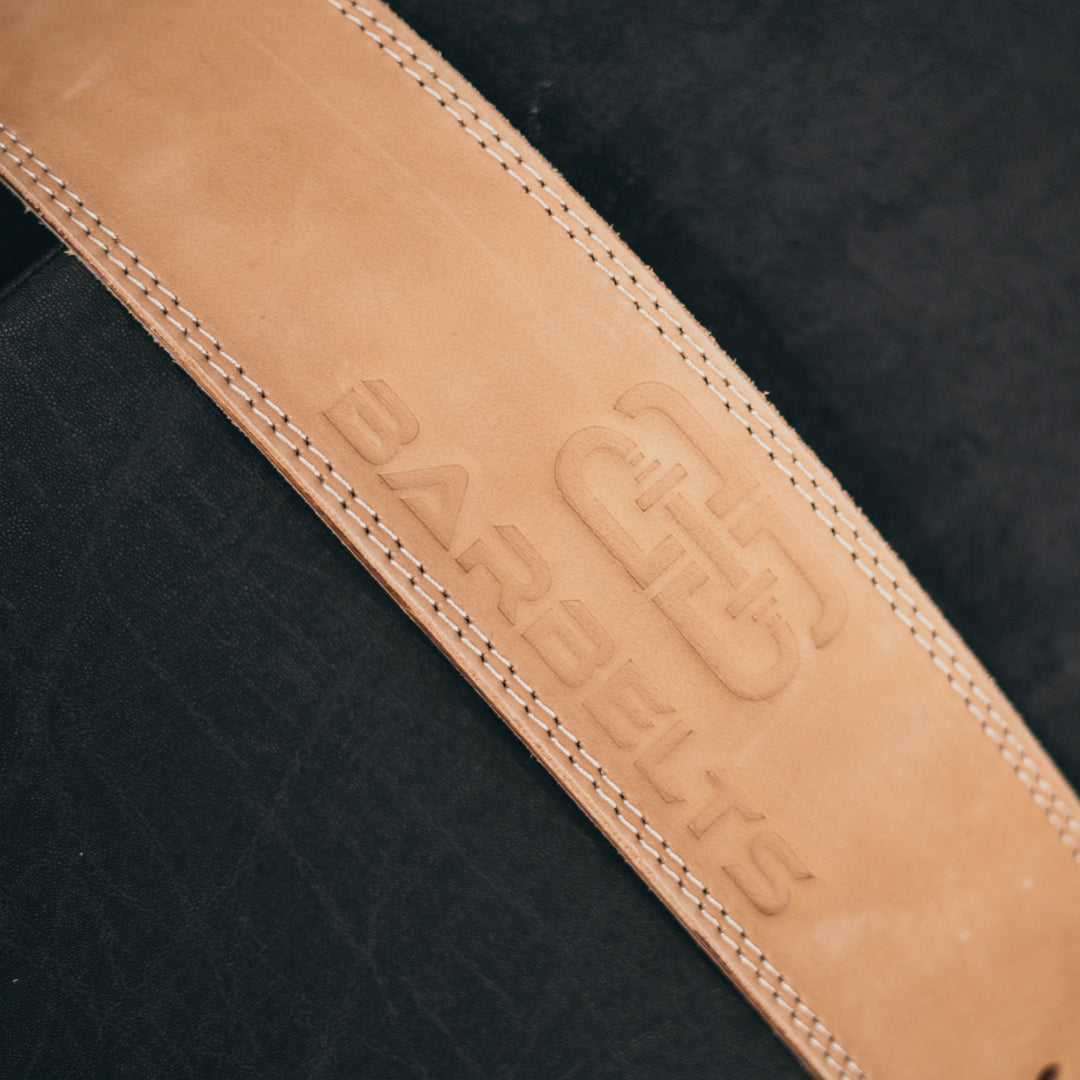¿Qué es un Cinturón de palanca (lever belt)?
Un Cinturón de palanca, también conocido como cinturón de powerlifting, es un cinturón de levantamiento de pesas especial que se utiliza frecuentemente en el powerlifting y en entrenamientos de fuerza específicos. Está diseñado para proporcionar soporte adicional y estabilidad al torso del levantador durante levantamientos pesados, como sentadillas y deadlifts.
Un lever belt generalmente está hecho de cuero de alta calidad o materiales sintéticos y se coloca alrededor de la cintura del levantador. La posición más común para llevar el cinturón es entre las caderas y las costillas, aunque algunos levantadores prefieren una posición más alta. El cinturón tiene un mecanismo de palanca en la parte delantera que permite cerrarlo de manera segura y fácil.
Beneficios de un Cinturón de palanca
El lever belt ofrece varios beneficios en comparación con otros tipos de cinturones de levantamiento de pesas, como los cinturones de velcro o los cinturones de hebilla. Un lever belt ofrece el mejor soporte y estabilidad entre todos los tipos de cinturones de powerlifting, lo que:
- Reduce el riesgo de lesiones
- Mejora la fuerza y el rendimiento
- Facilita mantener una técnica de levantamiento correcta durante el levantamiento
La principal ventaja de un lever belt en comparación con otros cinturones de powerlifting es el mecanismo de palanca, que permite abrir y cerrar el cinturón con un solo movimiento simple. Esto lo hace mucho más fácil de usar en comparación con los cinturones de hebilla.
Los cinturones de hebilla, por otro lado, tienen un pasador de metal que debe insertarse en uno de los agujeros para asegurar el cinturón. ¡Puede ser difícil ajustar el cinturón a la tensión correcta! Especialmente, aflojarlo después de una serie pesada puede ser complicado si estás sin aliento.
La mayor desventaja de un lever belt es que no es posible compartir tu cinturón de powerlifting con un compañero de gimnasio. Es necesario utilizar un destornillador si deseas ajustar la hebilla.
La diferencia entre un cinturón de powerlifting de 10 mm y uno de 13 mm
La principal diferencia entre un cinturón de powerlifting de 13 mm y uno de 10 mm es el grosor del cinturón en sí. Un cinturón de powerlifting de 13 mm tiene una construcción más gruesa y rígida en comparación con un cinturón de 10 mm. El grosor adicional proporciona más soporte y rigidez, lo cual puede ser beneficioso para el powerlifting. La rigidez extra ayuda a mejorar la estabilidad.
Por otro lado, un cinturón de 10 mm es un poco más delgado y, por lo tanto, más cómodo. Todavía ofrece un gran soporte y estabilidad, pero con más comodidad y movilidad, lo que lo hace más adecuado para la mayoría de los levantadores.
La elección entre un cinturón de 13 mm y uno de 10 mm depende finalmente de tus preferencias personales, el tipo de entrenamiento de fuerza que realizas y tus necesidades individuales. En general, los powerlifters experimentados y aquellos que se enfocan en los levantamientos más pesados prefieren el cinturón de 13 mm debido al soporte máximo. Sin embargo, en la mayoría de los casos, un cinturón de 10 mm es más adecuado, ya que ofrece más que suficiente soporte y además es más cómodo para la mayoría de los tipos de cuerpo.











